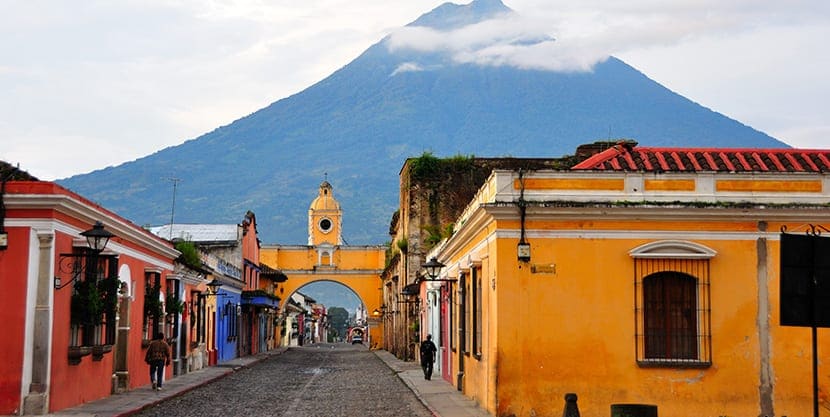
America is a continent rich in culture and history and the central part has a great Mayan heritage that is not limited to Mexico, as some absent-minded may think. Here in Central America is Guatemala and today we will talk about their customs.
If you look at a map you will see that the country is small, but the truth is that its tight geography brings together many different climates and landscapes. Just as there are rain forests there are also mangroves and just as there is a powerful Hispanic heritage el mayan legacy it also says present.
Guatemala

In colonial times, the Guatemalan territory It was part of the Viceroyalty of New Spain but before it had been owned by the Mayans and Olmecs. Independence came in 1821, when it became the Kingdom of Guatemala and later became part of the First Mexican Empire and the Federal Republic of Central America, until finally in 1874 the present republic was born.
The political life of this part of America has been marked by the instability, dictatorships and civil wars. Here all that ended in 1996 and since then things have been calmer, although that does not mean that poverty and inequality have been left behind.
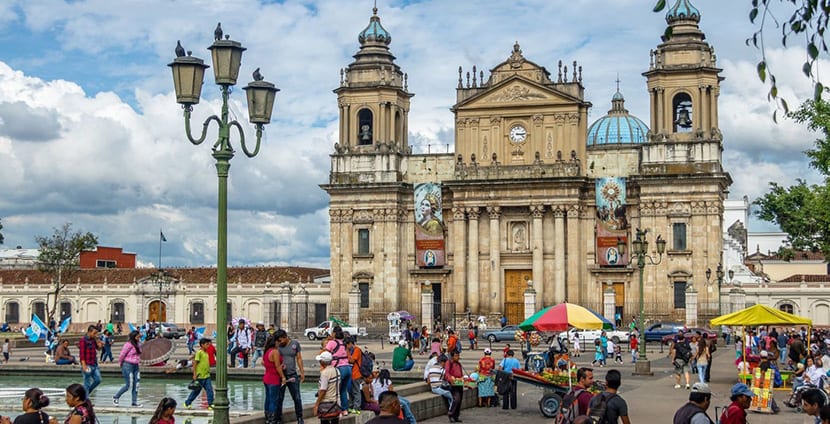
As we said above has a varied geography. It has many mountains, beaches on the Pacific and mangroves so enjoy a great biological Diversity that goes hand in hand with a wonderful cultural diversity. There are many languages more than 20 language groups in fact, in a total number of inhabitants of around 15 thousand people.
There are whites, there are blacks, very few Asians, indigenous people and many mestizos, these two almost in equal proportions.
Guatemala customs
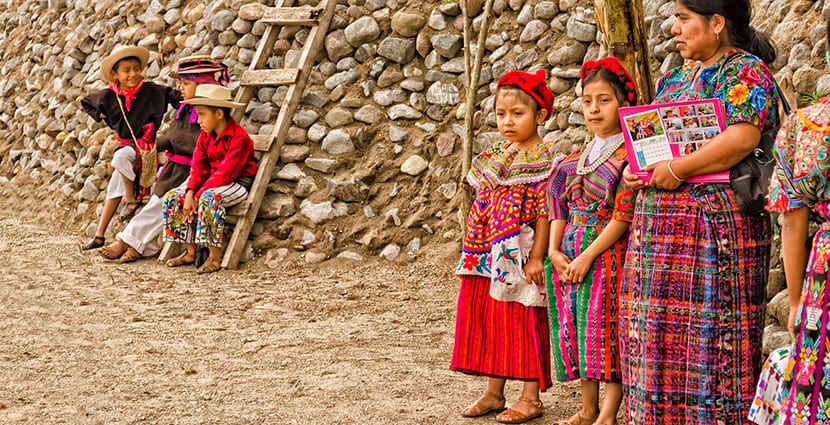
Since there are so many language groups each has their own typical costume with their own emblems, styles and colors although in general yellow, pink, red and blue are present. Clothes really shine here and are the protagonists.
For example, in the mountains of the Altos Cuchumatanes the women of the town of Nebaj dress in red skirts with yellow bands, with a sash and a traditional square blouse called huipil. The man wears open jacket with palm hat and pants.
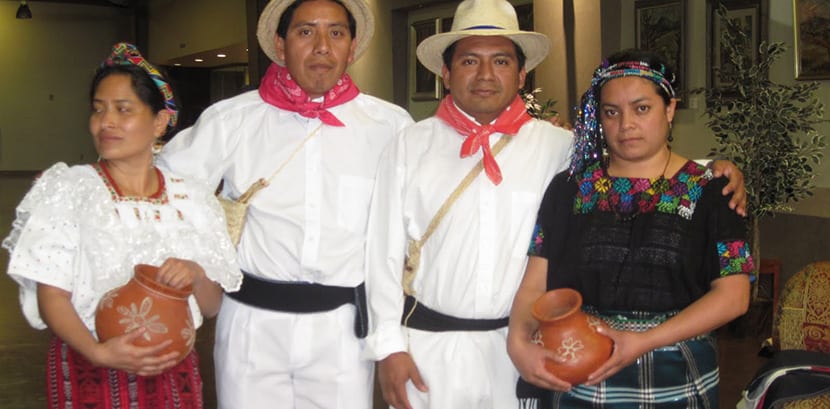
There are other areas, for example in the town of Santiago of Mayan origin, where the women's huipil is purple, with bands and embroideries of flowers and animals. The truth is the more you travel through Guatemala, the more variety you can find in traditional clothes. They will all be beautiful to you.
But how are Guatemalans? Well it is said that they are very traditional and that although it is a modern country the pre-Hispanic and Hispanic traditions are still very present. For example, religious holidays are a good example. It is the case of the commemoration of the days of the saints and the Holy Souls between November 1 and 2, a festival with pre-Hispanic origins whose original date is not remembered.
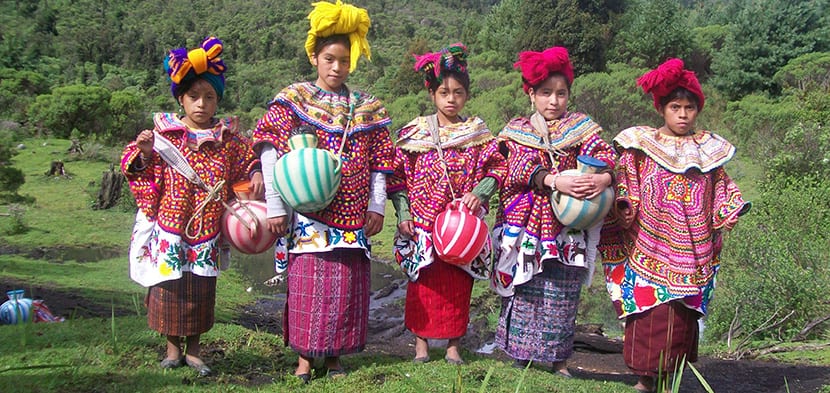
Guatemalans have always honored the dead, long before Christianization, and in fact it was the colonizers who took these celebrations and made them their own to attract indigenous peoples to their ranks. For those dates families approach graves and leave food and drink in a custom called heada.
This custom is ancient and the elaboration of a meal called stiff which is more Spanish.
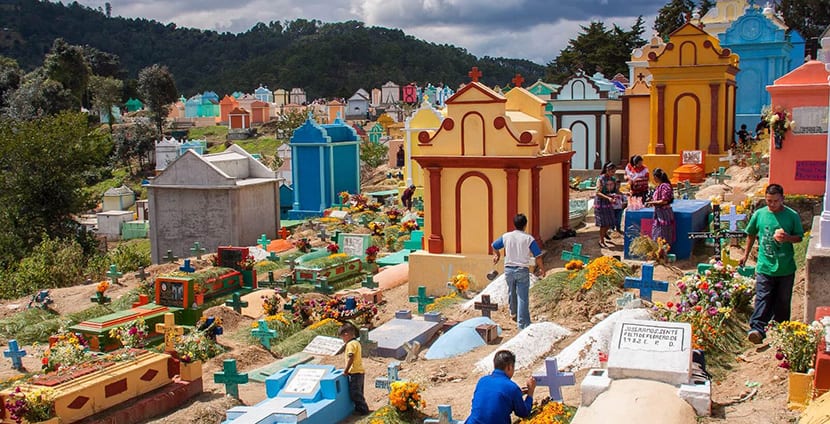
The Spanish brought cattle and farm animals and the indigenous people adapted everything. The famous cold meat reaches 50 ingredients and looks more like a cold salad. The Spanish also adopted the custom of bringing flowers to graves and more recently, like all living culture, mariachis have appeared in cemeteries and in October the ineffable Halloween.
If centuries before political domination brought its customs, today cultural and economic domination brings its own.
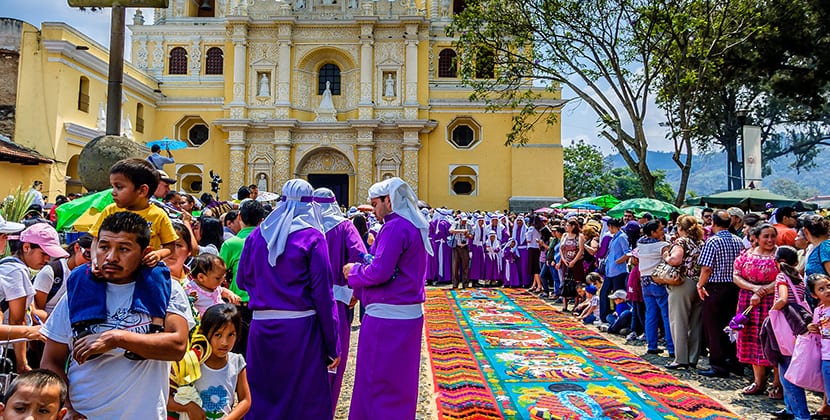
Another very celebrated Catholic holiday is the eastern. It is celebrated especially with great emphasis in Antigua where there are long processions and beautiful carpets, called sawmill rugs, colorful and with fruit and floral designs, that the men of the procession, dressed in purple, tread. Before the arrival of Christmas there is a traditional festival that has the image of a purification ritual: people gather all the old junk and burn it in front of their house on December 7.
This party is called burning devil.
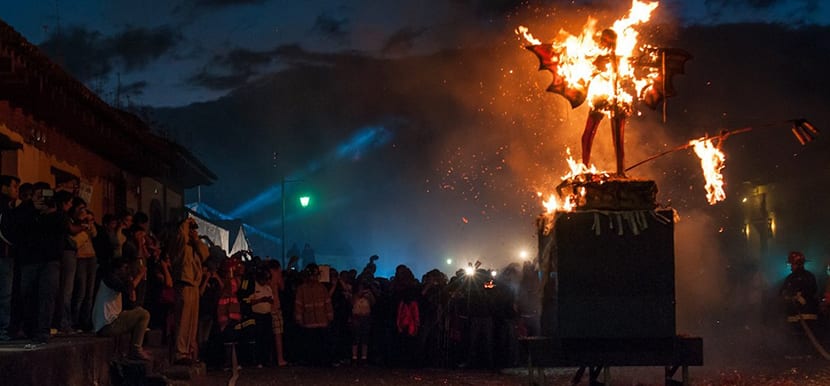
And then yes, the Christmas with more processions, fireworks and nativity scenes in the churches. December 24 is the celebration of the inns in which on the eve of the 24th there are processions with images of the Virgin Mary and the Child Jesus and children dressed as shepherds with tambourines, castanets and candles or lanterns. As they walk they sing Christmas carols and couplets and with the accompaniment of some sweet bread or tamale they last until midnight.
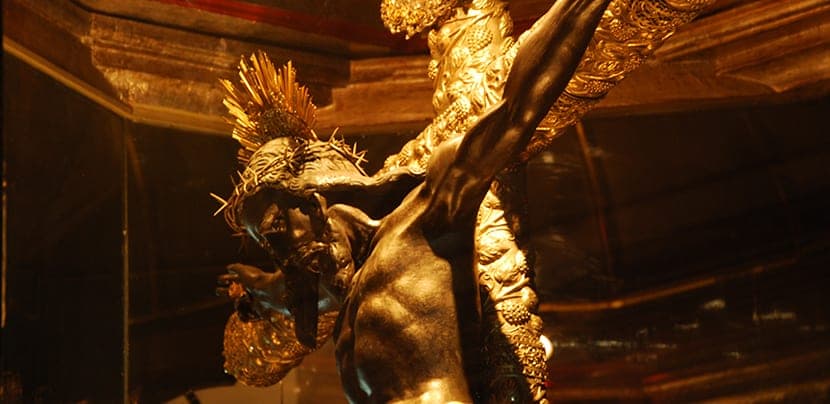
Una A festival that combines the Christian with the pre-Hispanic is the festival of the Black Christ of Esquipulas. It is a tradition shared by El Salvador, Honduras and Guatemala and which is related to the black gods of Ek Chua or Ek Balam Chua. It actually happens in Chiquimula, on the triple border, in January.
Other customs, no longer related to Christianity, are the Ribbon races or Game of Roosters, in which permission is requested from the saints and Mother Earth and the riders wear colorful costumes, scarves, feathers and ribbons.
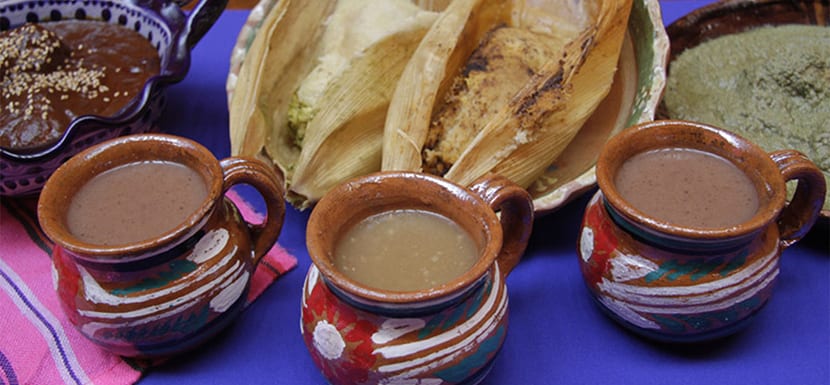
Finally, if we put aside the religious holidays we can get involved with the more social celebrations. We all celebrate our And here in Guatemala you usually burn rockets at 5 in the morning and eat a tamale with chocolate and French bread for breakfast. For children, the party cannot be missed. And when it comes to getting married, the usual thing, at least in the most traditional families, is for the groom to ask the in-laws for his girlfriend's hand and for there to be a separate bachelor party, one for her and one for him.
The truth is that the American countries that have had more presence of Spain, due to their wealth and for forming art of important viceroyalties that filled the coffers of the crown, today preserve many religious and social customs that in other countries have already remained in oblivion or are much more relaxed.